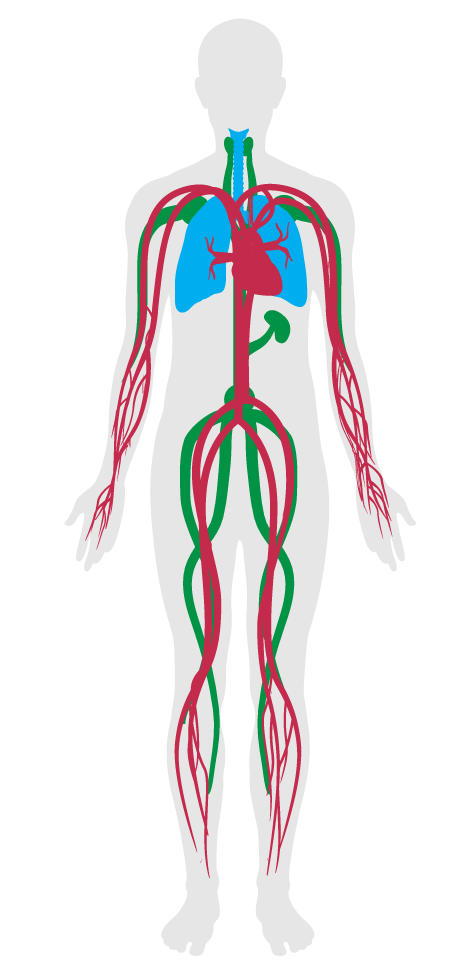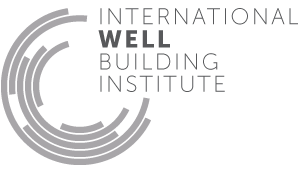Increased ventilation
- 01 Air quality standards
- 02 Smoking ban
- 03 Ventilation effectiveness
- 04 VOC reduction
- 05 Air filtration
- 06 Microbe and mold control
- 07 Construction pollution management
- 08 Healthy entrance
- 09 Cleaning protocol
- 10 Pesticide management
- 11 Fundamental material safety
- 12 Moisture management
- 13 Air flush
- 14 Air infiltration management
- 15 Increased ventilation
- 16 Humidity control
- 17 Direct source ventilation
- 18 Air quality monitoring and feedback
- 19 Operable windows
- 20 Outdoor air systems
- 21 Displacement ventilation
- 22 Pest control
- 23 Advanced air purification
- 24 Combustion minimization
- 25 Toxic material reduction
- 26 Enhanced material safety
- 27 Antimicrobial activity for surfaces
- 28 Cleanable environment
- 29 Cleaning equipment
- P9 Advanced cleaning
15. Increased ventilation
The guidelines put forth by ASHRAE provide the basis for acceptable indoor air quality, but not necessarily for best-in-class air quality for buildings. Unusually high building occupancy, a high risk of accidents that might degrade air quality or space capacity to install filtration make exceeding ASHRAE requirements a worthwhile strategy.
This feature requires buildings to design and supply rates of fresh air that are 30 percent higher than typically provided.
The following is required in terms of the rate of fresh air supply to all regularly occupied spaces:

Applicability Matrix
| Core & Shell | New & Existing Buildings | New & Existing Interiors | |
|---|---|---|---|
| Part 1: Increased Fresh Air Supply | O | O | O |
| Commercial Kitchen | Education | Multifamily Residential | Restaurant | Retail | |
|---|---|---|---|---|---|
| Part 1: Increased Fresh Air Supply | - | - | O | - | O |
Verification Methods Matrix
| Letters of Assurance | Annotated Documents | On-Site Checks | |
|---|---|---|---|
| Part 1: Increased Fresh Air Supply | MEP |
| 15.1.a |
USGBC's LEED v4 EQ prerequisite: Minimum Indoor Air Quality Performance requires using the minimum outdoor air intake flow for mechanical ventilation systems using the ventilation rate procedure from ASHRAE 62.1–2010. |
